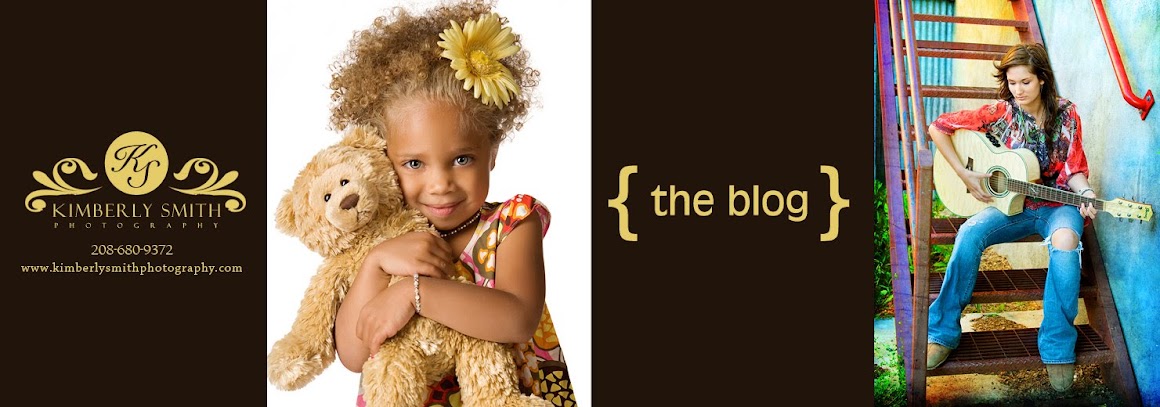Tips and Tricks Thursday
Are you ready to start focusing on the steps to do manual mode in your camera? Today we will discuss white balance- why is it important and how you control your white balance in the camera...
Chapter 2: Manual Mode Settings
Part A: White Balance
White balance is critical in helping your photos to be the "right" color. When you set your camera to auto white balance, your camera is "guessing" what the color range is. Hopefully after todays tips you will understand and know how to set your white balance correctly to achieve the best color possible.
Proper camera white balance has to take into account the "color temperature" of the light source you are shooting in. Our eyes are pretty good at judging what is white under different light sources but digital camera's often have difficulty with auto white balance and sometime will create unsightly blue, orange, yellow, red or green casts. Understanding digital white balance can help you avoid color casts and help you to achieve better photos in different lighting situations.
So for those of you who have been avoiding White Balance – let me introduce you to it. I promise to keep it as simple as possible.
Adjusting White Balance
Different digital cameras have different ways of adjusting white balance so you’ll need to get out your camera’s manual out to work out the specifics of how to make changes. Many digital cameras have automatic and semi-automatic modes to help you make the adjustments.
Preset White Balance Settings
Here are some of the basic White Balance settings you’ll find on cameras:
- Auto – this is where the camera makes a best guess. You’ll find it works in many situations but it’s worth getting out of it for trickier lighting.
- Tungsten – this mode is usually symbolized with a little bulb and is for shooting indoors, especially under tungsten (incandescent) lighting (such as bulb lighting). It generally cools down the colors in photos.
- Fluorescent – this compensates for the ‘cool’ light of fluorescent light and will warm up your shots.
- Daylight/Sunny – not all cameras have this setting because it sets things as fairly ‘normal’ white balance settings.
- Cloudy – this setting generally warms things up a touch more than ‘daylight’ mode.
- Flash – the flash of a camera can be quite a cool light so in Flash WB mode you’ll find it warms up your shots a touch.
- Shade – the light in shade is generally cooler (bluer) than shooting in direct sunlight so this mode will warm things up a little.
Manual White Balance Adjustments
In most cases you can get a pretty accurate result using the above preset white balance modes – but some digital cameras (most DSLRs and higher end point and shoots) allow for manual white balance adjustments also.
The way this is used varies a little between models but in essence what you do is to tell your camera what white looks like in a shot so that it has something as a reference point for deciding how other colors should look. You can do this by buying yourself a white (or grey) card which is specifically designed for this task – or you can find some other appropriately colored object around you to do the job.
If you are unsure how to custom white balance on your camera check out your owner manual. When I custom white balance on my DSLR I set it to custom WB (white balance), then I take a picture of my grey card (I use an Expo disc) and then I go into my camera menu and click on "Custom WB". My camera will then allow me to select the image I just took with the grey card (an image that is completely grey). And then I am all set to go. Now my camera KNOWS what the color spectrum is and my colors will be more accurate out of camera.
Challenge for the week:
Take a picture of an object using all the Preset White Balance settings. Then custom white balance with your camera if it allows you to. Then look at all of them on the computer side by side and see the difference in your color casts. As you take images this week, try to remember to change your white balance according to the lighting your in.
Post to our Facebook Page your results!!! We'd love to see them!



No comments:
Post a Comment